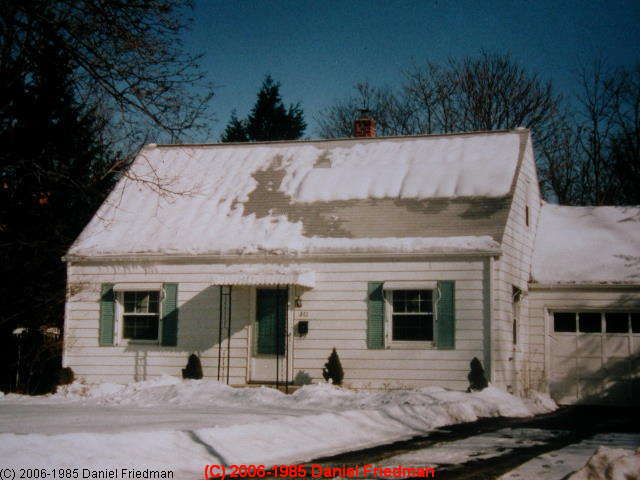It s a roof top installed shingle over intake vent that can be used to supplement existing soffit or undereave vents.
Vents for under roof hangover.
They are easy to install under the roof s overhang which is known as the soffit are generally hidden from sight and provide excellent protection from weather outdoor debris and pests while still allowing air to flow into the attic.
Use a marker or a chalk line to mark the spot on the roof surface where the vent will be placed.
Ridge and gable vents.
The great advantage of the ev 400 is that there can be two appliances vented through the one vent such as a toilet fan and a shower fan.
Unlike box vents which are square off ridge vents are usually much longer and thinner.
These vents are static vents that are placed over holes in the roof close to the roof ridge.
The ev 400 eaves vent is dual outlet vent which is installed on the underside of the eaves of your home.
Roof vents will provide about half of the vent area and soffit vents the other half.
Prepare the roof area.
The open area of a vent is sometimes listed on the roof air vent as nfva net free vent area.
Soffit vents the soffit is a horizontal covering on the underside of the porch roof overhang that encloses the space between the porch walls or supports and the ends of the roof rafters.
They re available in both rectangular and round shapes.
Soffit vents and eave vents are examples of intake vents that you might need in your house or attic.
Hot air exhaust vents located at the peak of the roof allow hot air to escape.
They are installed along the edge of the roof.
They let moisture and hot air exit the attic but they aren t nearly as effective as other types of roof vents and homes generally need to have several of these units for the best results.
Soffit vents are one of the most popular intake vent styles.
Various size vents will come with recommendations regarding spacing and placement based on the size of the vents and the expanse of the roof.
To let hot air out of your attic you also need either ridge vents cut into the roofing on the peak of your roof or gable vents at the top of gables in your attic.
Intake vents located at the lowest part of the roof under the eaves allow cool air to enter the attic.
It is important you make sure no insulation or any other material is blocking the vent or it will not work properly.
The building code lets you reduce that by half under some conditions but more roof ventilation is usually better.
Certainteed intake vent provides continuous intake airflow at the roof s edge and provides proper intake ventilation for homes with little or no overhang.

